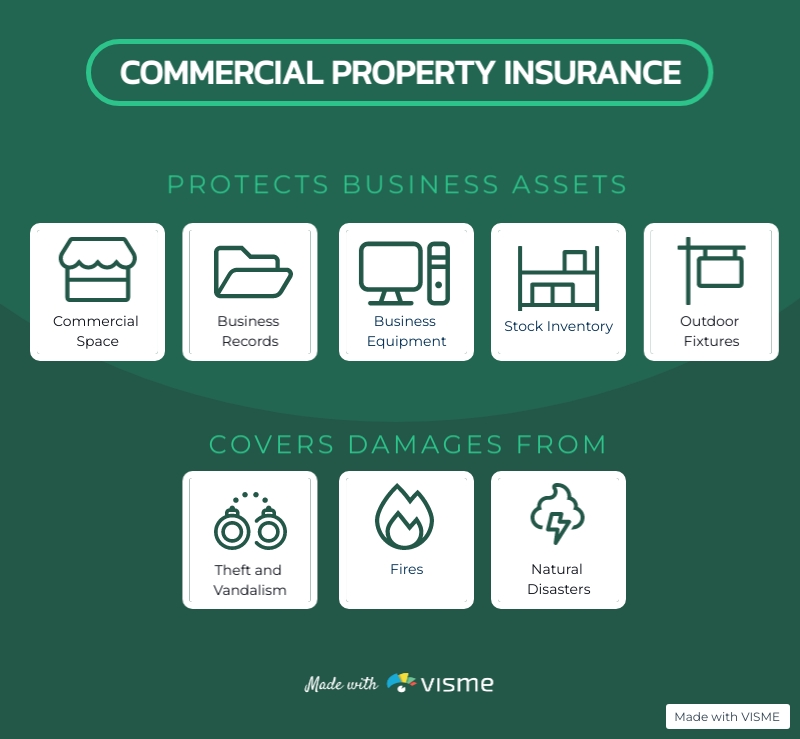Mar 31, 2024
Navigating Roofing Warranties and Guarantees for Homeowners

In the complex world of home maintenance, understanding the intricacies of roofing warranties and guarantees is crucial for homeowners. This guide aims to clarify the often confusing terms and coverage options, empowering you to make informed decisions that ensure your home’s roof is protected over the long term. Despite the allure of “lifetime” warranties, it’s essential to recognize they may not cover your roof’s entire lifespan, sometimes equating to a mere 5 years Extended Roofing Guarantees. The goal is to assist homeowners in selecting warranties that accurately reflect their roof’s durability and offer comprehensive protection.
Key Takeaways on Roofing Warranties
- Roofing warranties are vital for safeguarding your investment in your home’s roofing system.
- The term “lifetime” warranty may not imply the roof’s full lifespan, often limited to 5 years.
- Comprehensive warranties are crucial for protecting various components of your roofing system.
- Understanding warranty specifics can prevent unexpected costs and ensure you’re not misled by vague terms.
- Dependable roofing warranties provide robust coverage, offering homeowners peace of mind.
The Importance of Roofing Warranties
Protecting Your Home Investment
A roofing warranty acts as an insurance policy for your property, covering potential material and workmanship defects. Opting for a comprehensive warranty can shield you from significant expenses and ensure your roof’s performance in the long run.
Ensuring Long-Term Roof Performance
Beyond shingles, a roofing system involves several components working together to safeguard your home. A warranty covering workmanship and materials ensures these elements function effectively, preventing costly repairs down the line.
Demystifying Roofing Material Warranties
Understanding the coverage scope of material warranties is essential. While standard warranties typically cover shingle defects for up to 25 years, they may not fully account for all materials or installation costs. Extended service contracts can provide extended guarantees, offering homeowners greater reassurance.
Limitations and Exclusions
It’s crucial to thoroughly review your warranty to avoid unforeseen expenses. Many warranties are prorated, diminishing in coverage over time. Factors such as improper installation or inadequate maintenance can void your warranty, emphasizing the need for reliable guarantees against installation errors.
The Value of Workmanship Warranties
A workmanship warranty reflects the contractor’s confidence in their installation quality, varying significantly in duration. Contractors offering long-term or lifetime guarantees demonstrate a commitment to quality, protecting homeowners from installation-related issues.
Protecting Against Installation Errors
Workmanship warranties cover problems arising from faulty installation, sparing homeowners from additional repair costs and reinforcing trust in the contractor’s Services.
Understanding ‘Lifetime’ in Warranties
The term ‘lifetime’ can be misleading, with its definition varying significantly between manufacturers. Homeowners should carefully review what ‘lifetime’ entails, ensuring the warranty provides extended coverage that aligns with the expected lifespan of their roofing materials.
Comparing Top Roofing Warranty Coverage
Identifying the best roofing warranty involves evaluating the coverage’s breadth and duration. Ideal warranties offer long non-prorated periods and transferability, enhancing the property’s value and ensuring comprehensive protection over time.
Extended Warranties for Greater Protection
Extended roofing warranties offer broader coverage, including material defects and installation errors, providing long-term savings and added value to your property.
Contractor vs. Manufacturer Warranties
Roofing systems benefit from manufacturer warranties covering material defects and contractor warranties guaranteeing installation quality. Homeowners should secure warranties from both to ensure complete roof protection, paying attention to the reputation and qualifications of their contractor.
Maintaining Your Roof Warranty’s Value
To preserve your roofing warranty’s value, adhere to maintenance and inspection requirements and avoid actions that could void your coverage. Regular professional inspections and using the original contractor for repairs can help maintain warranty conditions.
Conclusion: Making Informed Decisions on Roofing Protection
Selecting the right roofing warranty requires understanding the various types, their limitations, and the protection they offer. By choosing a reputable contractor and a warranty that suits your needs, you can ensure your roof is adequately protected, providing peace of mind and security for your home.
FAQs on Roofing Warranties
What distinguishes top-rated warranties?
Top-rated warranties offer extensive coverage, including for both materials and workmanship, often requiring installation by certified contractors.
What are the advantages of extended roofing guarantees?
Extended guarantees provide comprehensive coverage for material defects and installation errors, offering significant long-term benefits and peace of mind.
Maintaining the value of your roofing warranty involves regular maintenance, understanding the warranty terms, and ensuring proper registration and activation. Making informed choices about roofing warranties and guarantees is essential for protecting your home and ensuring long-term satisfaction with your roofing investment.
More Details